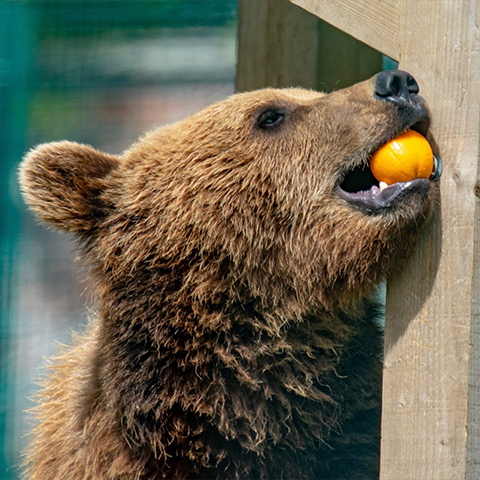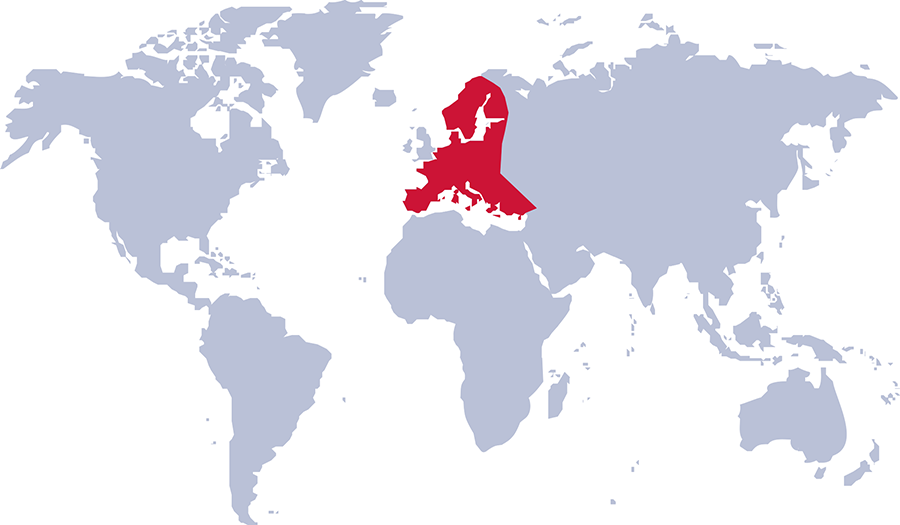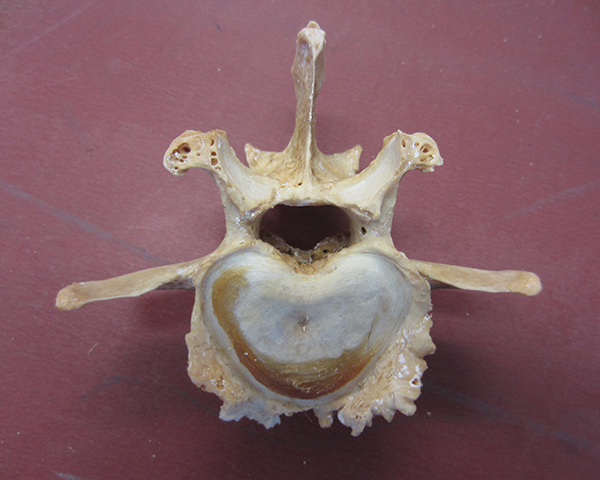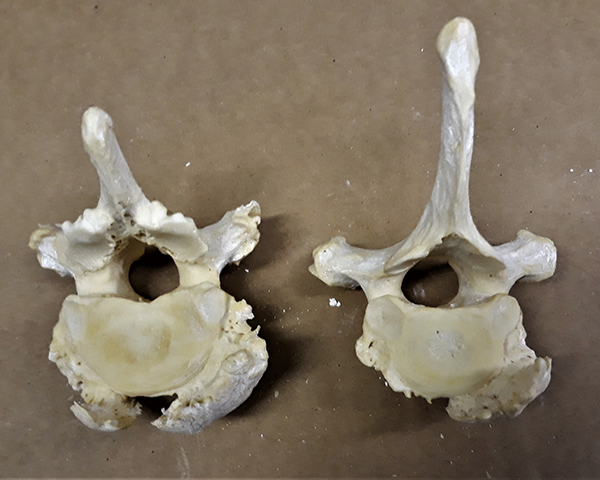
European Brown Bear
Their distribution used to cover almost all of Europe. They also occur in northern and central Asia, and in North America.

Habitat
Once found through out Europe European populations are now restricted to mountain woodland areas.
Our Bears
Here at Camperdown we have 3 European Brown Bears, Brum, Brumma and Maja. They were born on the 16 January 2015.
They came to us in November 2016 to join our 28-year-old female Star.
In order to help them integrate smoothly the Centre implemented a number of changes as a way of making the transition easier, but also providing an opportunity to make changes which improved the chances of all the bears achieving torpor throughout the winter.
Brown bears are known to commonly suffer from osteoarthritis in later life, this is a condition that affects the joints causing abnormal bony growths. When Star passed away in 2018 her skeleton was donated to the National Museum of Scotland, where she joined her male Comet who had passed previously in 2016. Both Comet and Star’s skeletons showed evidence of osteo arthritis but Star’s was affected the most. Comet and Star differed in their approach to torpor with Comet going into a period of torpor each year, whereas Star did not.


© A. Kitchener, National Museums Scotland.
Given the difference between the two bears’ skeletons, a different approach has been adapted with Brum and his sisters, these changes involve changes to the environment, the day to day husbandry and their diet. All of which have been engineered to promote periods of torpor for all three bears. It is hoped that this may reduce the likelihood and intensity of osteoarthritis in the future.
Camperdown Wildlife Centre is dedicated to improving the welfare of all the animals housed here.
Since changing our bears’ husbandry, they have successfully entered a period of torpor on a yearly basis.
This means that the bears may not be on show in the months of November, December, January and February.
factfile
- Brown bears are able to follow the scent of food for more than two miles.
- Brown bears can live up to 30 years in the wild.
- Bears can travel 2-3km a day foraging for food.
- Brown Bears are omnivorous and feed on fruits, seeds, roots, insects, fish, mammals and carrion.
Once common throughout Europe, the brown bear was found in Scotland until being hunted to extinction around 1000 years ago. Today the brown bear is found in small pockets in Spain and Italy, with the largest populations remaining in the former eastern bloc countries such as Romania where numbers are still in the thousands.

